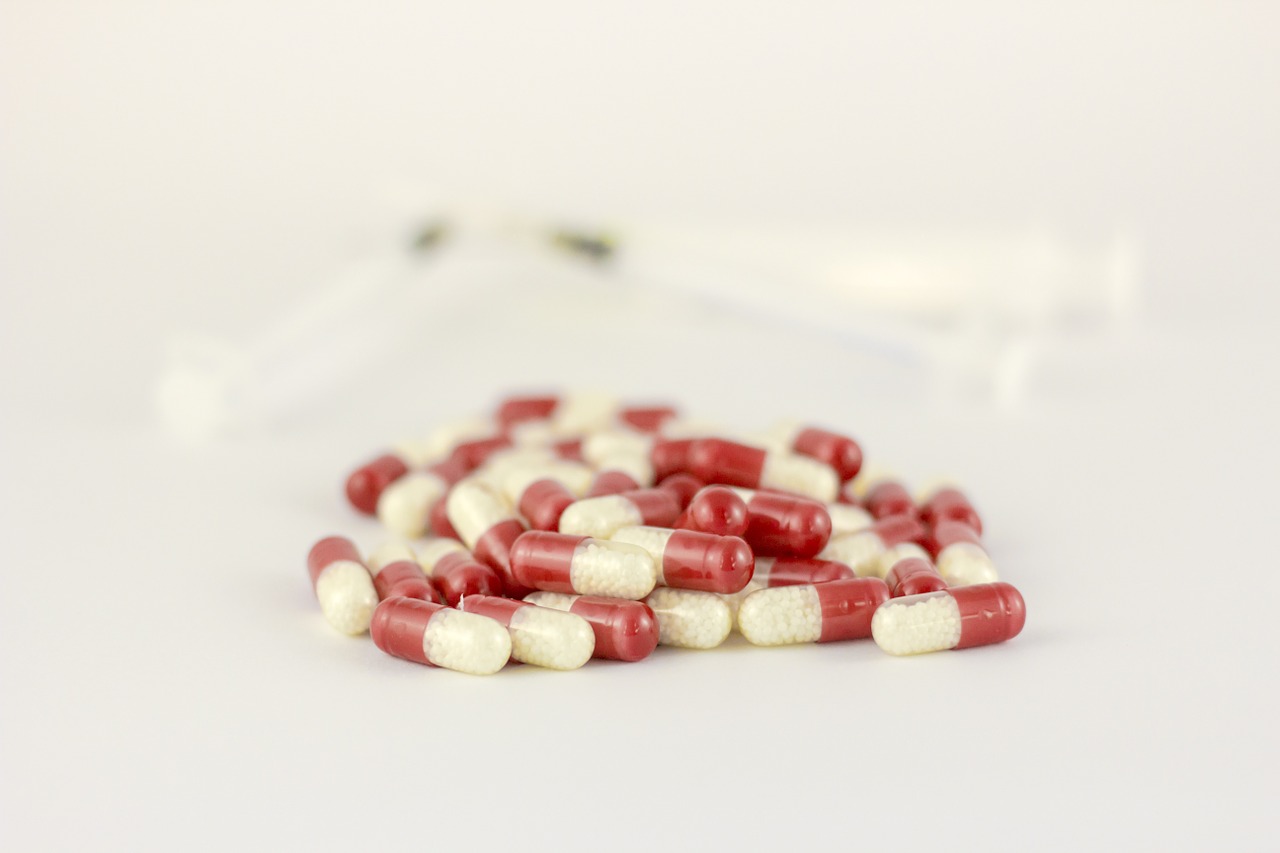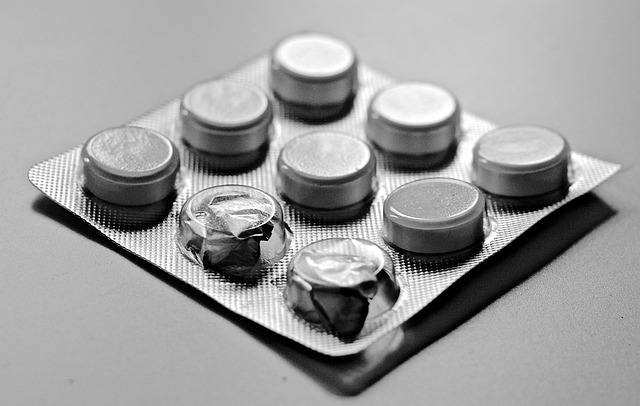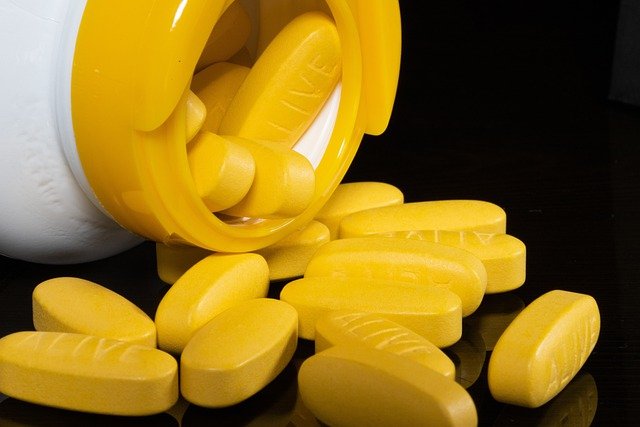Podcast: Play in new window | Download (Duration: 14:03 — 6.4MB) | Embed
On this episode, I discuss indapamide pharmacology, adverse effects, drug interactions, and pharmacokinetics.
I discuss how indapamide differs from other thiazide diuretics. Particularly, I discuss indapamide compared to hydrochlorothiazide.
Frequent urination, hypokalemia, and dehydration are all possible risks with indapamide.
Pay attention to medications that can increase the risk for acute renal failure when added to indapamide. NSAIDs, ACEIs, ARBs, and other diuretics can increase this risk.
Be sure to check out our free Top 200 study guide – a 31 page PDF that is yours for FREE!
Support The Podcast and Check Out These Amazing Resources!
Meded101 Guide to Nursing Pharmacology (Amazon Highly Rated)
Guide to Drug Food Interactions (Amazon Best Seller)










